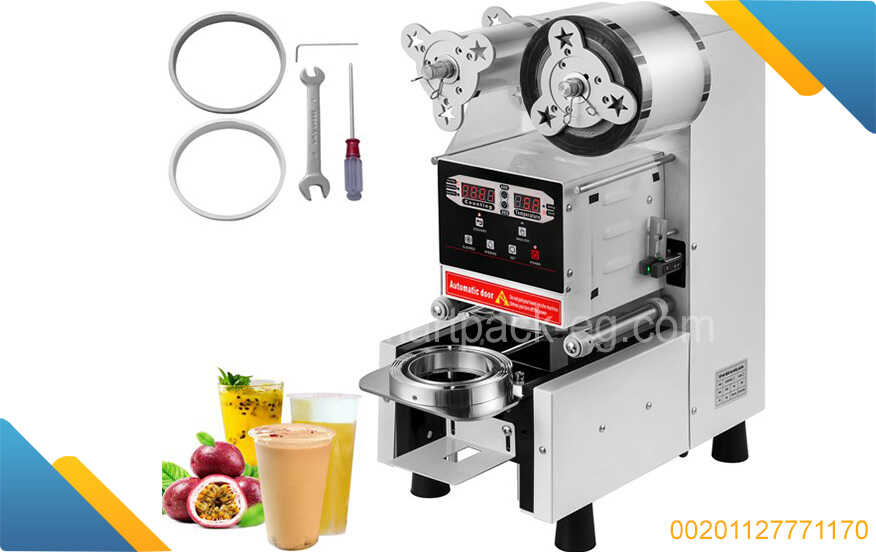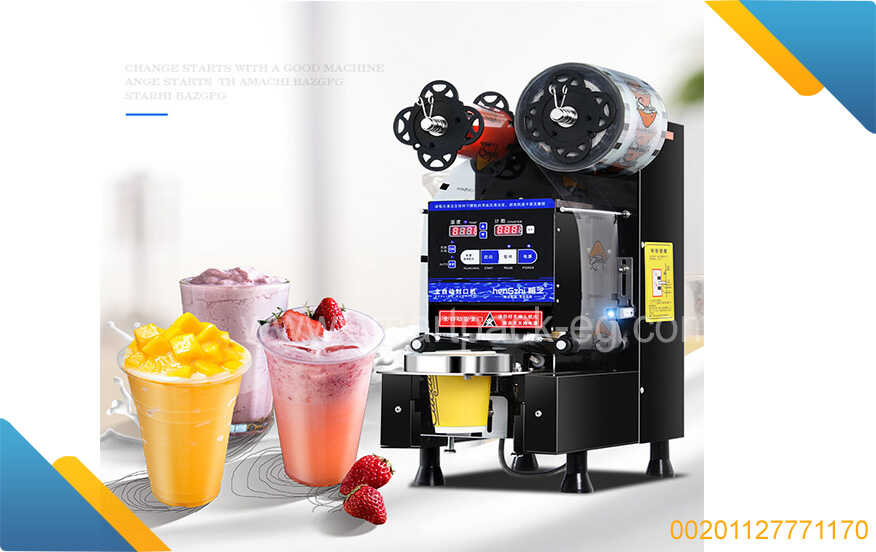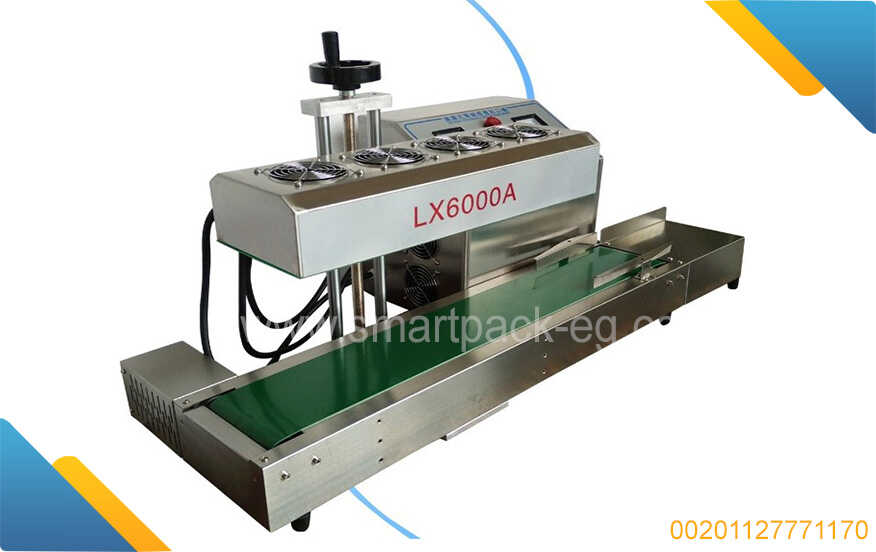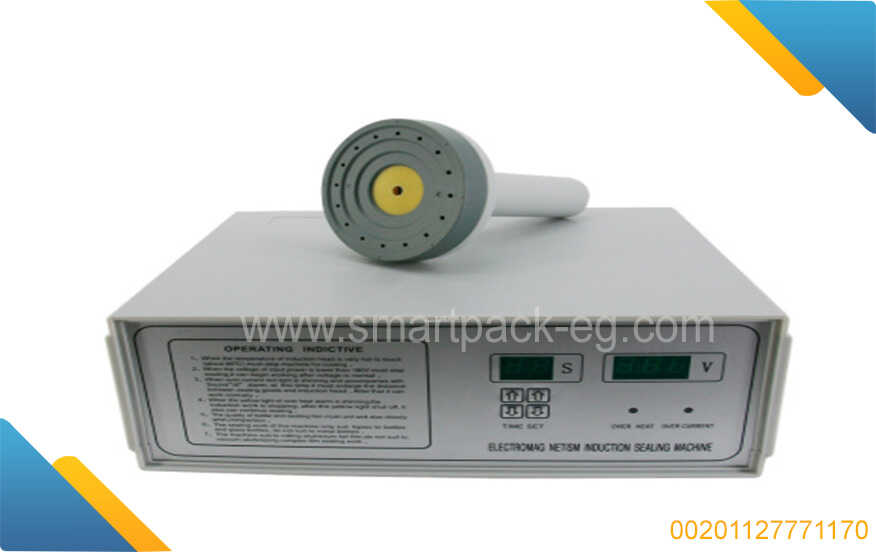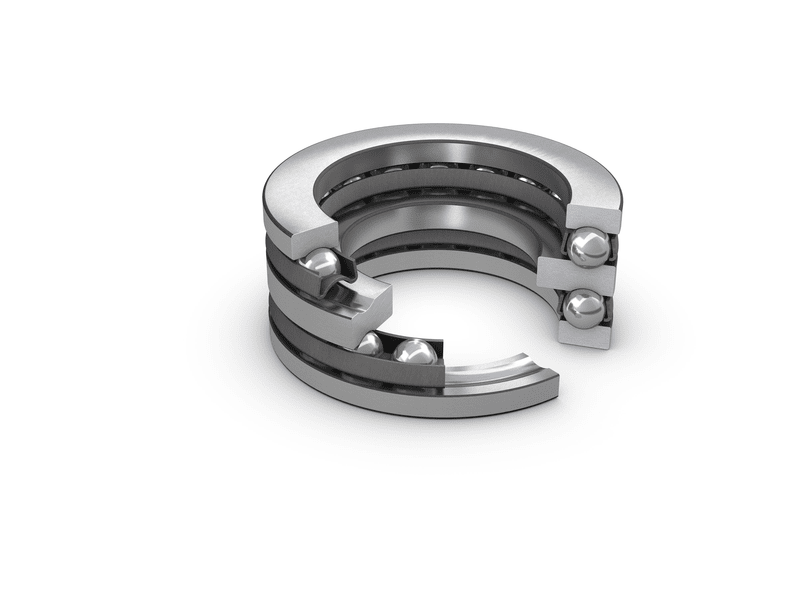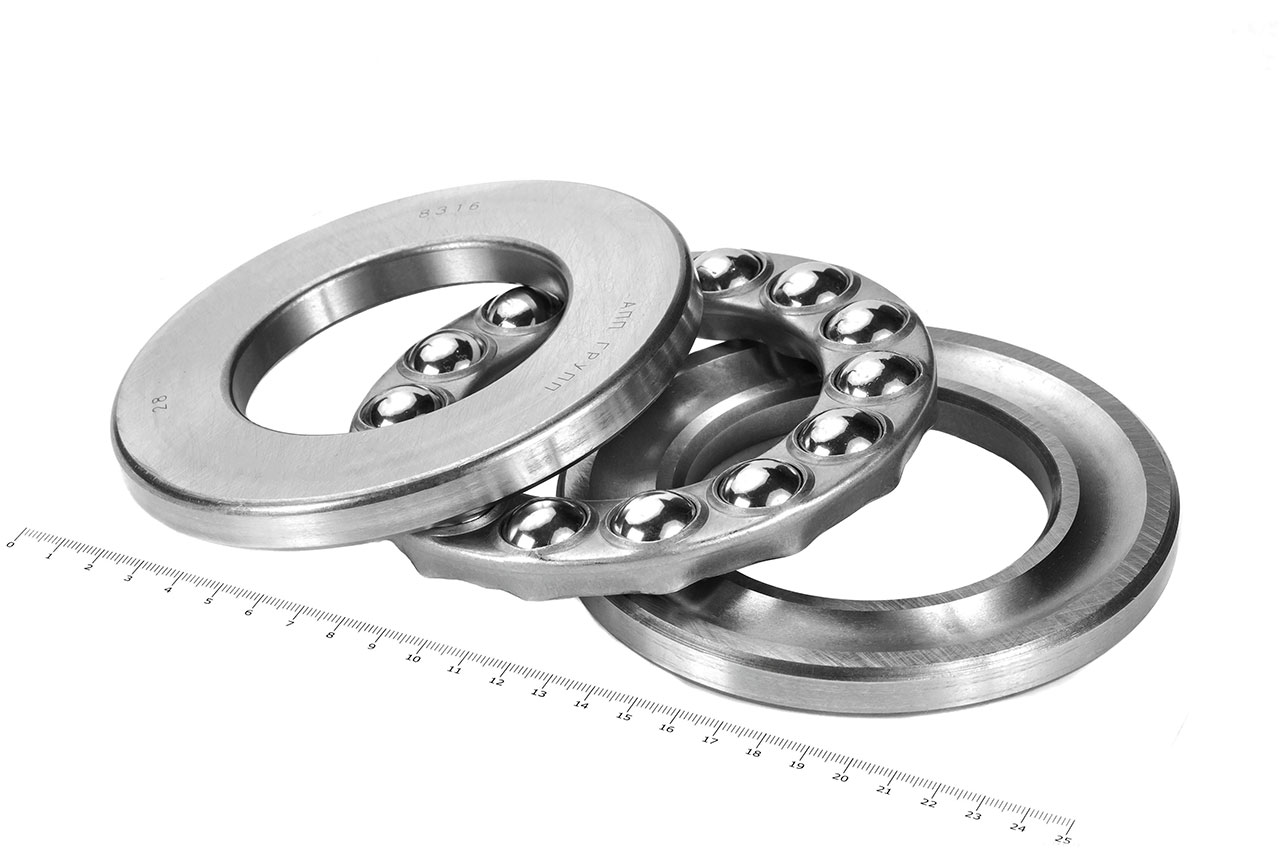How To Guide: Coffee Production, Packing, and Grinding Plant Machines
Coffee production involves several important steps, from harvesting and processing to packaging and grinding. In this guide, we will explore the different types of machines used in coffee production plants, their components, and the processing methods involved. Let's dive in!
-
Harvesting and Processing:
• Coffee cherries are handpicked or mechanically harvested.
• The cherries are then processed using either the dry or wet method.
• The dry method involves sun-drying the cherries, while the wet method involves removing the pulp and fermenting the beans. -
Coffee Grinding Plant Machines:
Coffee grinding is an essential part of the coffee production process. Let's take a look at the main types of grinding machines used:a. Burr Grinders:
• Burr grinders consist of two abrasive surfaces, commonly made of ceramic or stainless steel.
• The beans are crushed between the burrs to achieve a consistent grind size.
• They are available in both manual and electric versions.b. Blade Grinders:
• Blade grinders use rotating blades to chop the coffee beans.
• They are typically more affordable but may produce inconsistent particle sizes.
• Blade grinders are mainly used for home brewing or small-scale production.c. Roller Grinders:
• Roller grinders are commonly used in industrial-scale coffee production plants.
• They consist of a pair of parallel metal rollers with a gap between them.
• The beans are fed between the rollers, which crush them to the desired particle size. -
Components of Coffee Grinding Machines:
Coffee grinding machines consist of various components that work together to deliver the perfect grind. Here are some key components:a. Hopper:
• The hopper holds the whole coffee beans before they enter the grinding chamber.
• It can have a capacity ranging from a few ounces to several pounds, depending on the machine's size and purpose.b. Grinding Chamber:
• The grinding chamber is where the beans are fed and ground into the desired particle size.
• It contains the grinding burrs, blades, or rollers, depending on the type of grinder.c. Motor:
• Electric coffee grinding machines are equipped with a motor that powers the grinding process.
• The motor's power and speed determine the efficiency and consistency of the grind.d. Controls:
• Coffee grinding machines may feature various controls, such as grind size adjustments, timer settings, and on/off switches.
• These controls allow users to customize their grind for specific brewing methods. -
Coffee Processing Methods:
Coffee processing methods play a crucial role in determining the flavor profile of the final product. Here are two common methods:a. Washed (Wet) Method:
• After harvesting, the cherries are pulped to remove the outer skin.
• The beans are then soaked in water to ferment and remove the remaining fruit.
• Finally, they are dried either naturally in the sun or using mechanical dryers.b. Natural (Dry) Method:
• In this method, the cherries are left to dry naturally in the sun.
• As they dry, the fruit shrinks, and the beans separate from the pulp.
• After drying, the beans are hulled to remove the remaining parchment.
Coffee production, packing, and grinding plant machines encompass a variety of equipment and processes. Understanding the different types of machines, their components, and processing methods is vital for producing high-quality coffee. So, whether you're a coffee enthusiast or a coffee producer, I hope this guide gives you valuable insights into the world of coffee production!

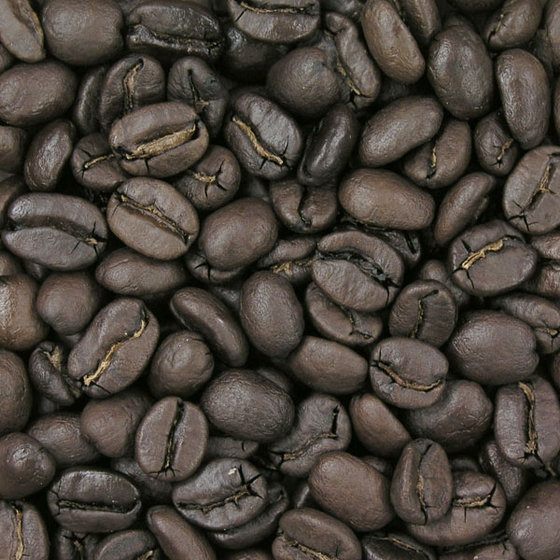
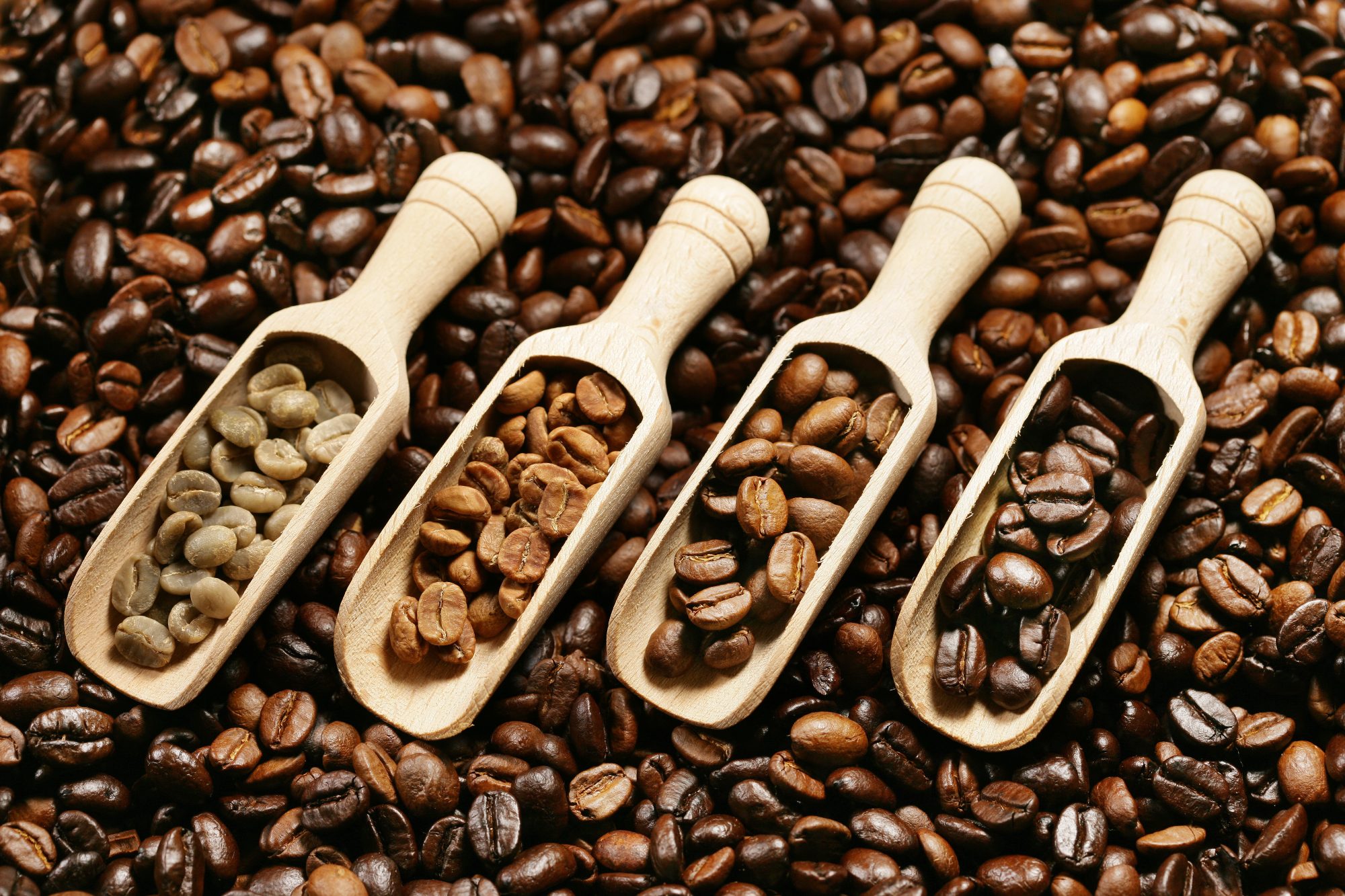
 Admin
Admin 